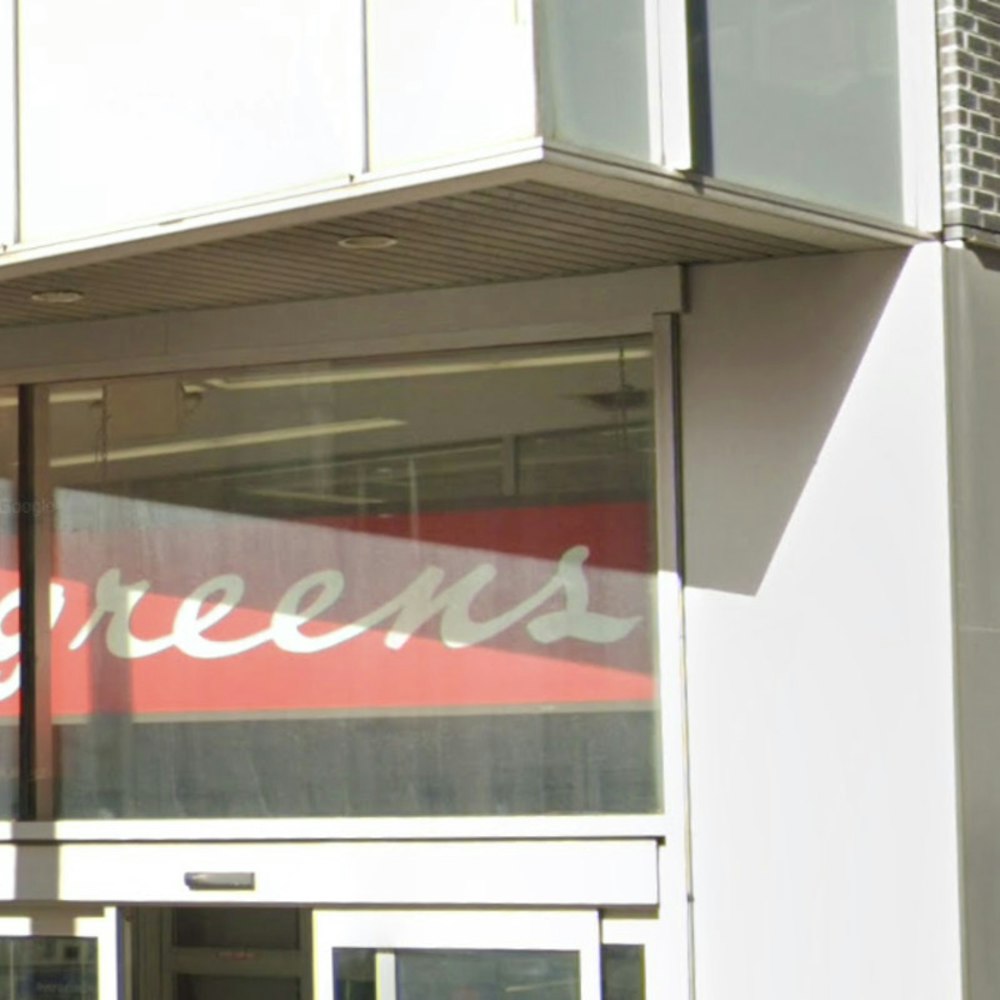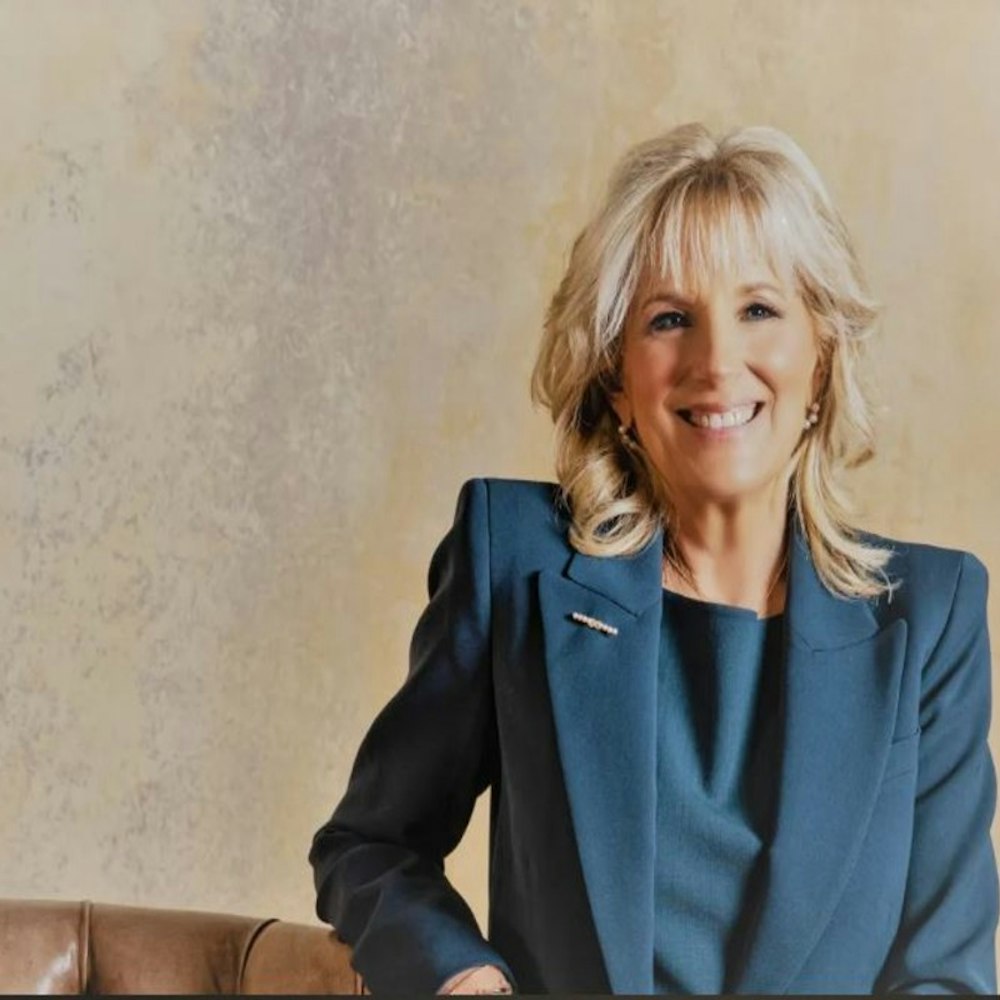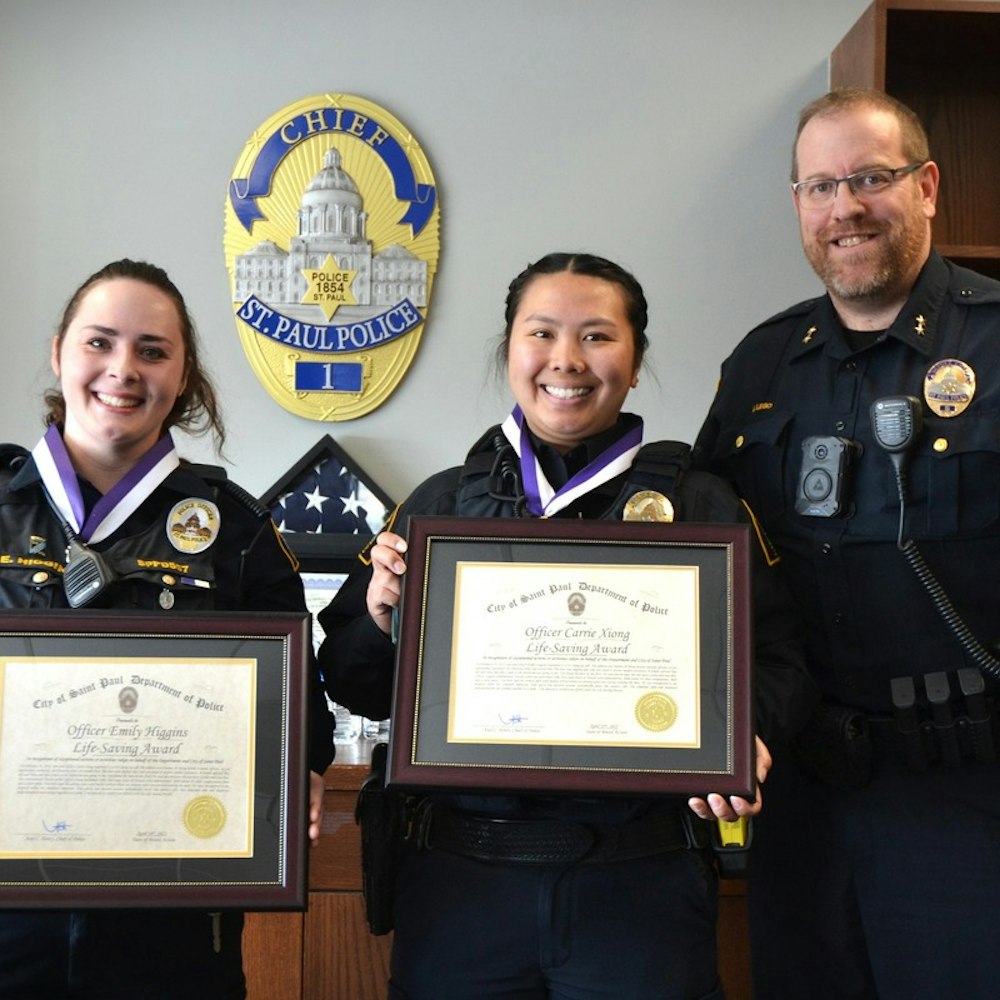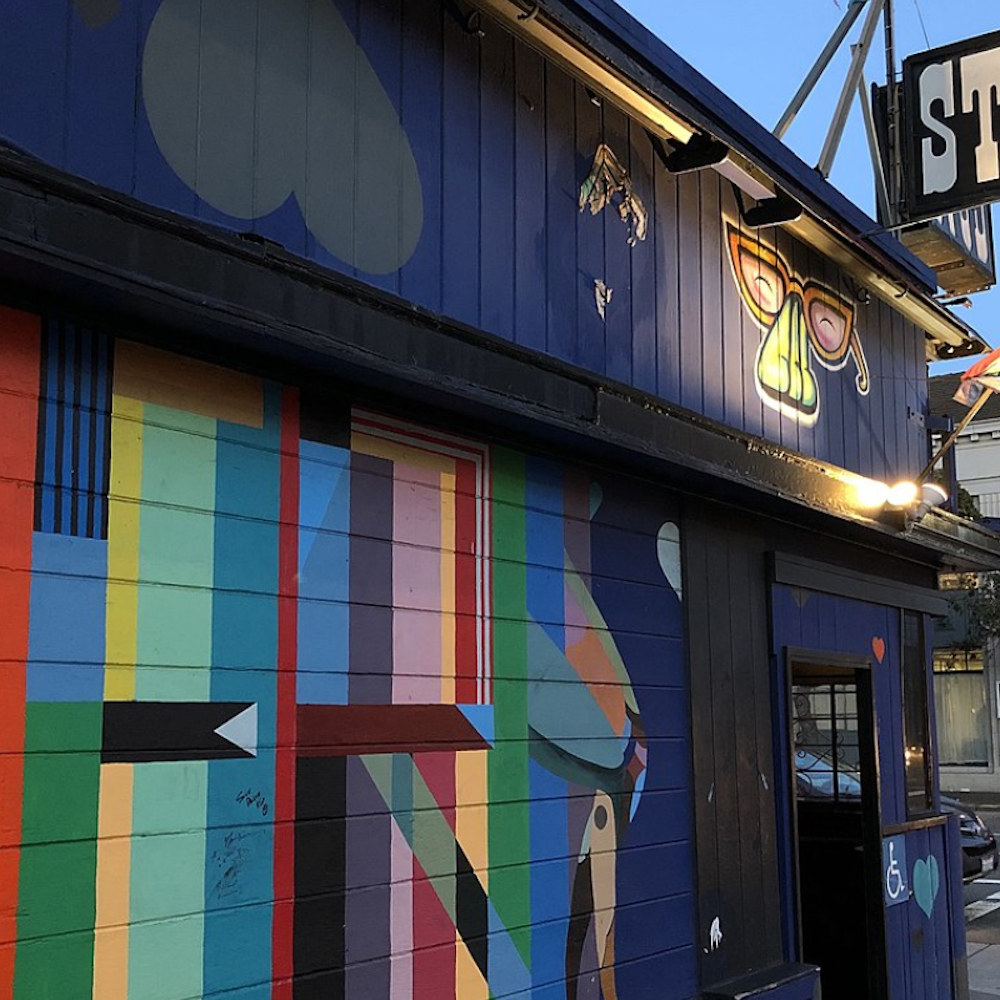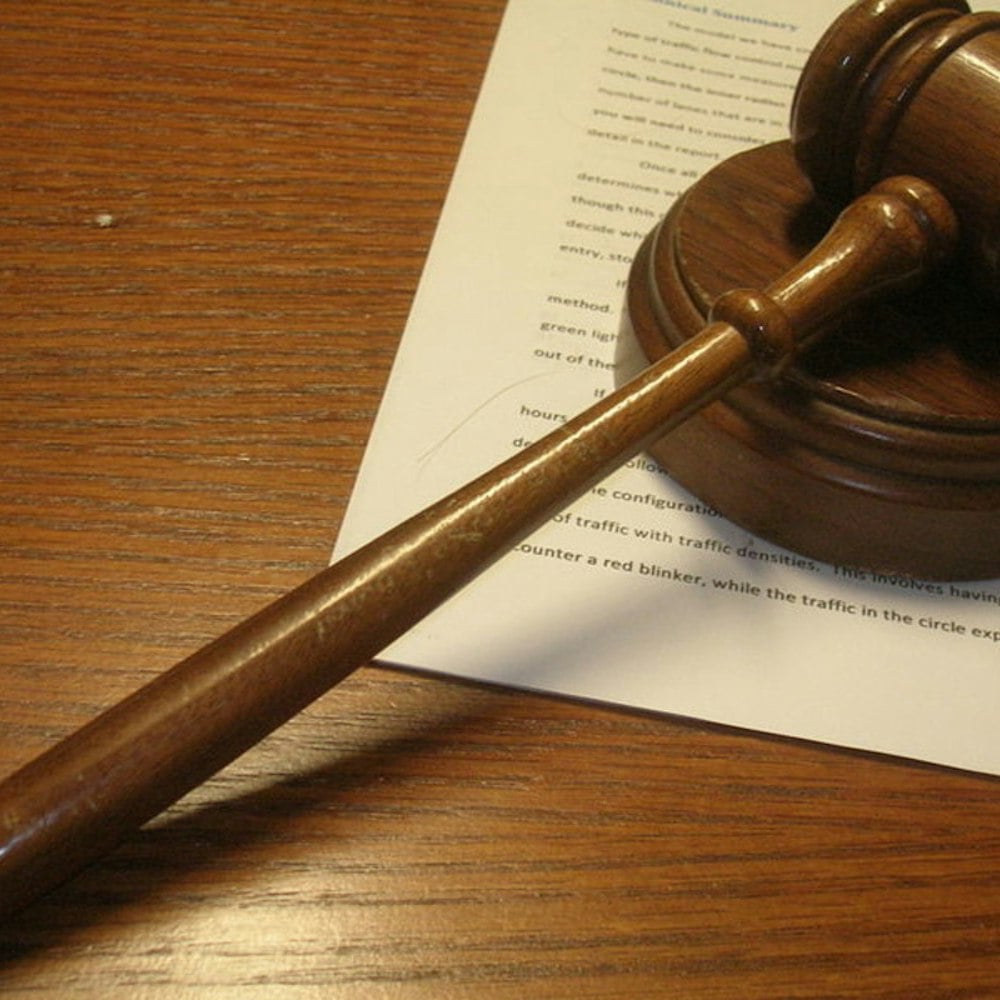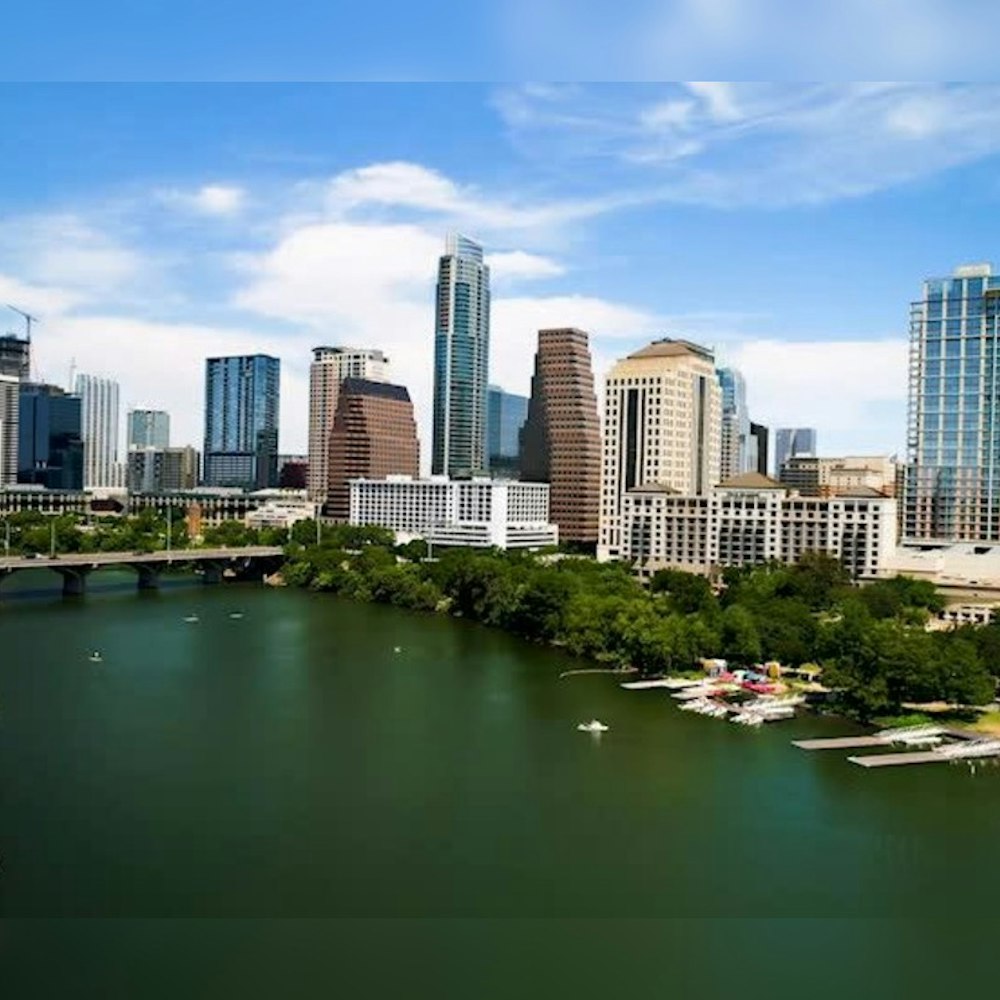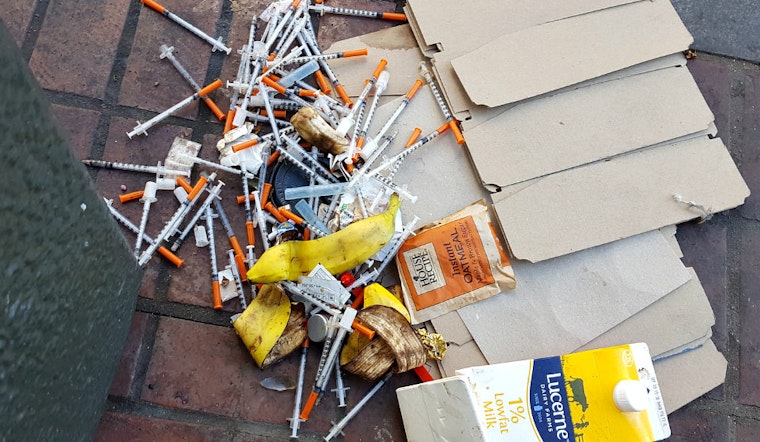
San Francisco is a step closer to becoming the nation's first city to open a safe injection facility (SIF) for drug users.
Last week, the city's Safe Injection Services Task Force released its final report, which laid out 17 recommendations that will be heard by the Board of Supervisors’ Public Safety and Neighborhood Services Committee on Wednesday.
The Task Force recommended safe injection services because "the rise in public injection drug use and its harmful public health and safety outcomes has long reached critical mass."
Citing studies, the body concluded that offering users a medically supervised location where they could self-administer drugs would promote public safety.
No specific location was called out, but the task force recommended opening SIFs “in neighborhoods where public injection drug use, overdoses and improperly discarded syringes most often occur.”

According to the report, and based off of 2015 estimates from the Department of Public Health, approximately 22,500 people inject drugs in San Francisco, primarily heroin and methamphetamine. Of that population, 31 percent are estimated to be in the Tenderloin, 24 percent in SoMa, 9 percent in the Mission and 8 percent in Bayview-Hunter’s Point.
“We do not need numbers to tell us how bad the situation is,” wrote Board of Supervisors President London Breed in the report. Earlier this year, Breed called creating the task force.
“You cannot walk from City Hall to Civic Center BART without seeing people shooting up in broad daylight,” she wrote. “Orange plastic syringe caps and used needles litter our sidewalks, not only outside of City Hall, but in our neighborhoods. It is unsafe and it is unhealthy.”

As we previously reported, mobile pop-up safe injection sites are also being considered.
In principle, safe injection sites are places for intravenous drug users to come in off of the street, out of the public eye, and inject within the confines of a facility that provides medical supervision, sterile injection supplies, HIV and Hepatitis C testing and more.
The ultimate goal is to get users off of drugs by linking them to treatment and support.
Just a syringe wrapped inside a banana skin #SanFrancisco pic.twitter.com/6QnMLDfMRW
— Olivia Solon (@oliviasolon) November 9, 2016
Studies show that SIFs prevent overdoses, reduce the spread of disease, increase proper syringe disposal and link users to services that can help them break free from addiction.
Breed wrote that the task force learned there are approximately 100 safe injection sites operating in more than 65 cities around the world.
“No site has experienced an overdose death and many have transitioned thousands of clients into detox services,” she wrote. “More importantly, we learned that safe injection services have not increased drug injection, drug trafficking, or crime in the surrounding area.”

According to a cost-benefit analysis, one safe injection site in the city could potentially reduce the number of HIV and Hepatitis C diagnoses and hospital stays and boost the number of people entering treatment.
"Our analysis suggests that a SIF in San Francisco would not only be a cost-effective intervention but also a significant boost to the public health system," concluded researchers, who estimated a net savings to the city of $3.5 million per site.
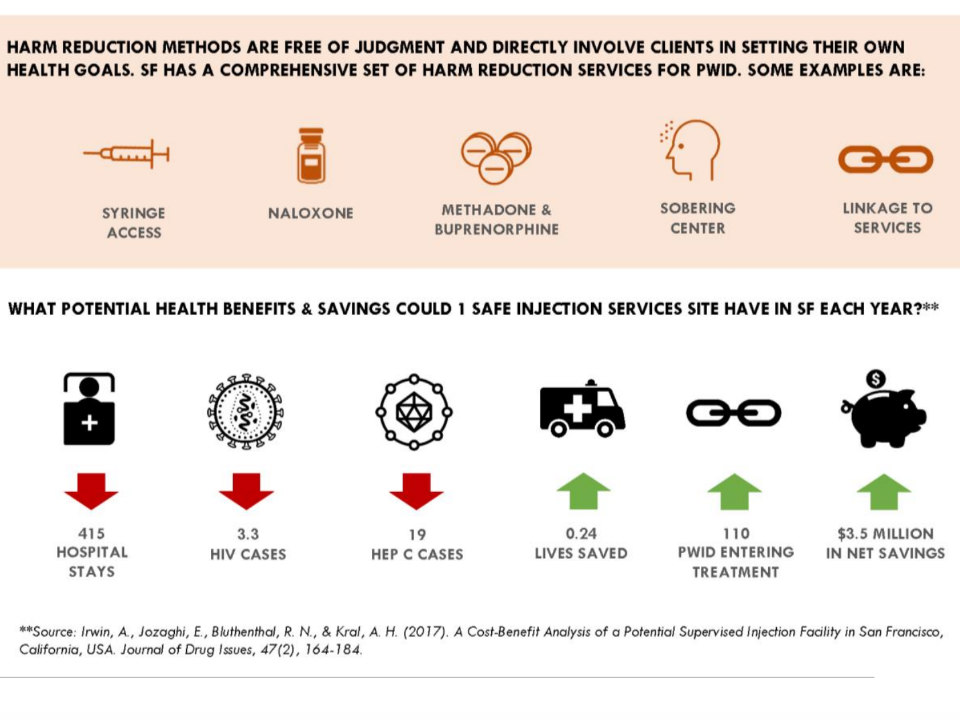
Although it wasn’t explicitly called out in the final report, San Francisco AIDS Foundation CEO Joe Hollendoner told the Examiner on Friday he thinks the Harm Reduction Center (45 Franklin St.) in Hayes Valley would be a suitable location for a safe injection site pilot. (Correction: a representative from the SF AIDS Foundation clarified that Hollendoner was referring to the organization's Syringe Access Services program, which is located at 117 6th St., in SoMa.)
“As we continue to look at meeting the health care needs of substance users and given our success in serving this community,” Hollendoner was quoted as saying. “I believe that the Harm Reduction Center would be a good site to pilot safer consumption services ..."
Used syringe on #marketstreet in #SanFrancisco. Never seen so much evidence of addiction & homelessness in one place. pic.twitter.com/vXeTUmWhpa
— Alexandra Coyle (@alexandracoyle) October 9, 2017
However, SIF in San Francisco, let alone multiple sites, is anything but certain, especially as neighbors, who associate the idea with increased crime, push back.
Assembly Bill 186 (AB 186), which would have permitted counties like San Francisco to operate safe injection sites, didn’t make it out of the California state Senate. The bill’s authors — assembly members Susan Talamantes Eggman and Laura Friedman, and state senators Scott Wiener and Ricardo Lara — plan to reintroduce the legislation again next year.
But even if AB 186 gets permanently derailed in Sacramento, safe injection sites may still have a future in San Francisco.
As the Examiner reports, since the 1980s, the city has been a pioneer in offering innovative solutions to combat intravenous drug use. Although state law prohibited needle exchange programs in the ‘80s, San Francisco declared a state of emergency and funded a needle exchange program to reduce HIV infections. In 2000, needle exchanges became legal in California.
“I understand that some community members are unsure about this concept,” wrote Breed in the final report. “I do not want safe injection services to make it easier for people to use drugs. I do not want to see neighborhoods divided … However, this is too big of an issue for us to rule out any possible solutions.”
